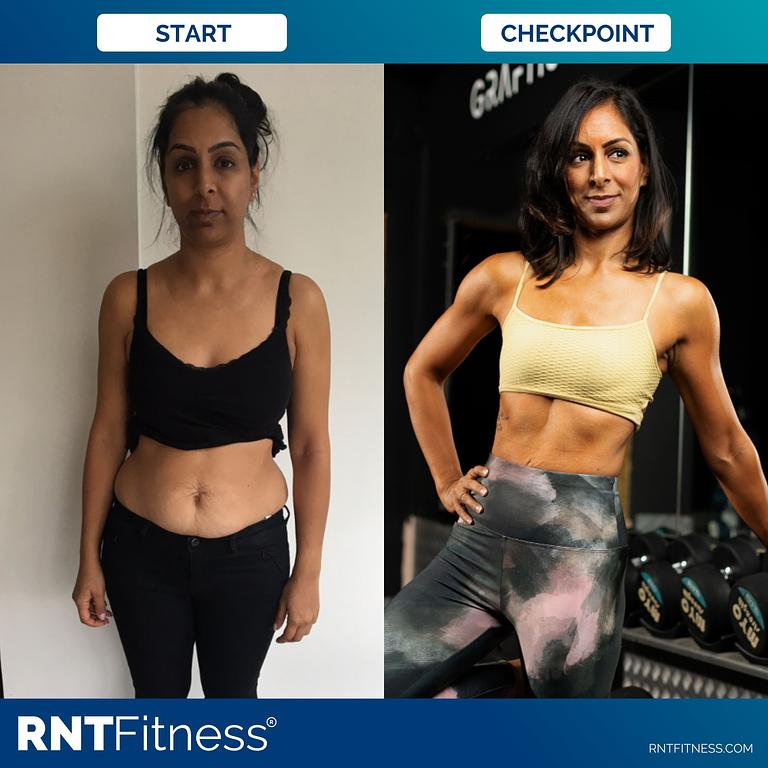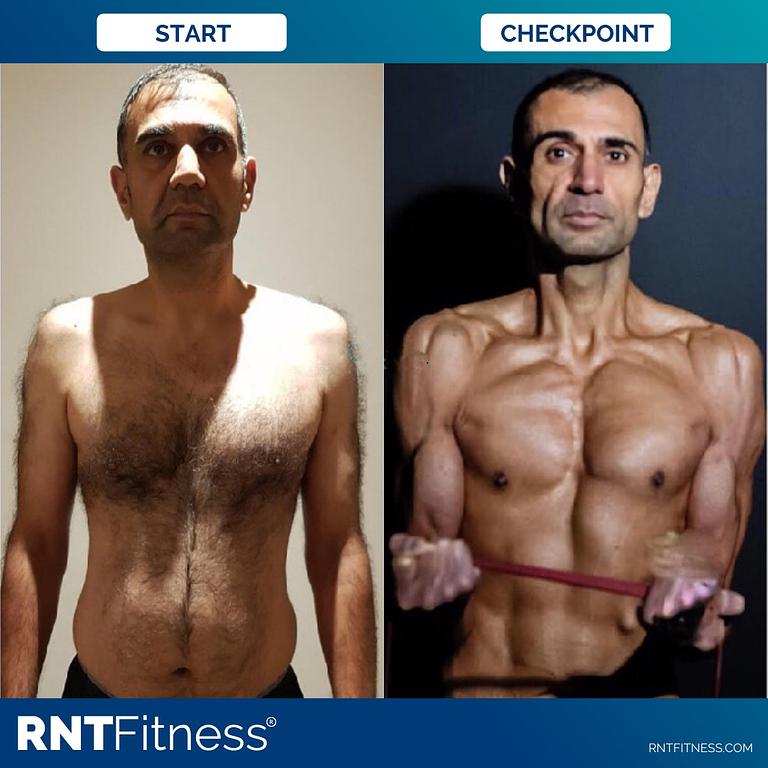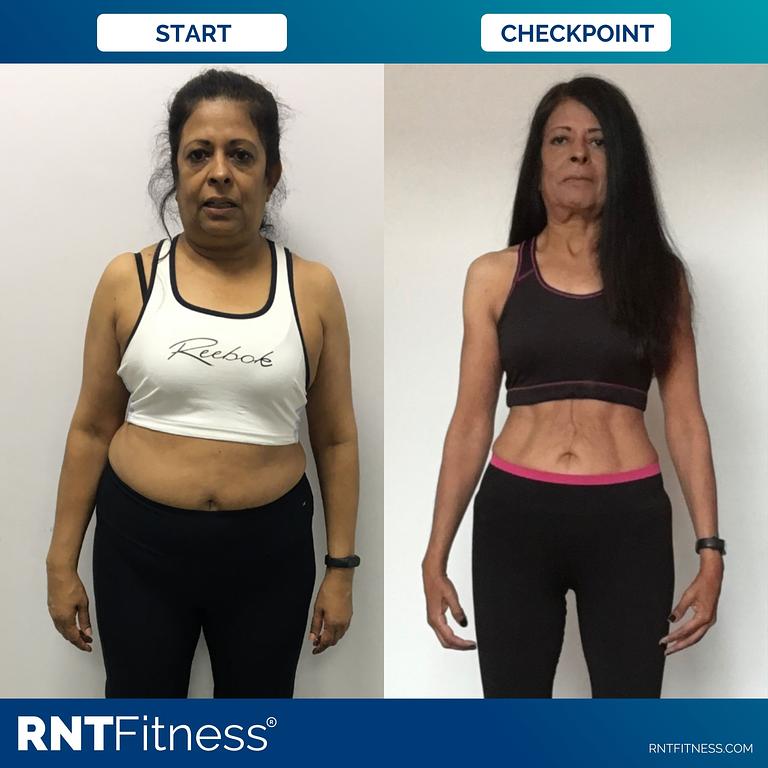
Why Do So Many Struggle As They Age?
Resistance Training
- Performing 8-12 sets per week per muscle group.
- Staying within 10-20 repetitions for the majority of the time.
- Using compound exercises over isolation exercises.
- Using a combination of free weights and machines.
- Sticking with 1-3 sets per exercise.
- Getting 1-3 reps shy of failure with each set.
- Selecting pain free exercises.
- Can be progressed.
Protein Intake
- The overall digestion of protein has been shown to be reduced by ~10%.
- Poorer blood flow results in amino acids being delivered to skeletal muscle at a slower rate.
- The overall “machinery” in the cells just isn’t as efficient at converting the amino acids into muscle.
Digestive Health
- Eat at regular meal times.
- Space your meals out evenly across the day.
- Practice good meal hygiene.
- Avoid intermittent fasting.
- Make your meals more nutrient rich.
- Prioritise high quality protein.
- Rely more on healthy fats as they are easier to consume without the bulk from starches.
- Try going for a 10 minute walk after or before each main meal.
- Stay hydrated.




.jpg)
.jpg)
